Michael Alexander speaks to George Ross who, following a career at sea including fishing, merchant navy and oil spill clean ups, is now writing about the Norse invasions of his home village Burghead.
Vikings! It’s a name that immediately conjures up images of merciless raiders raping and pillaging their way around Britain’s coast.
But in Aberdeen-based George Ross’ new books The Northern Wave trilogy, set against the backdrop of Norse raiders and their battles with the Picts in Moray, Viking is not a word you’ll find mentioned.
That’s because Viking was a blanket name given later to all Scandinavian raiders, and doesn’t accurately portray the Orkney-based Norsemen who originated from Norway.
“The Northern Wave makes no mention of Vikings and the reason why is that the name Viking was a blanket name given later for all Scandinavian raiders and invaders,” says the 74-year-old.
“Norsemen, Danes and Swedes were all branded Vikings as if they were all as one.
“A friend of mine took over some books to Norway and they loved them because there’s no mention of Vikings.
“The truth is that the Norse, Danes and Swedes were bitter enemies and fought each other more than anybody else. It’s like calling us English!”
Life at sea
Having grown up in the Moray fishing village of Burghead, George is no stranger to the legacy of the Norsemen – or life at sea.
Descended from generations of fishermen, it was to the sea that he turned – like most people at his school – when it came to deciding what to do for a living.
“Wandering the world” for 50 years, he joined the British Merchant Navy at 15 – serving from 1963 to 1969.
This was followed by seven years with the Australian Merchant Navy, six years sea net fishing out of Peterhead, then another 15 years spent in the merchant navy between Vietnam, and the entire Far-East, Turkey, Azerbaijan. Nigeria and Angola.
As a senior oil spill advisor, he helped to deal with major international incidents such as the aftermath of the Exxon Valdez disaster and Piper Alpha.
This was while working with Briggs Environmental Services out of Burntisland in Fife.
It was later in life, however, that he decided to turn his attention to writing about the Norse attacks on what is now Moray during the Early Middle Ages.
He was prompted in part by the realisation that there seemed to be relatively little portrayed in TV and film, or written, about the Norse influence on Scotland.
“We hear and see much about the Vikings in England but very little about them in Scotland,” he says.
“The Western Isles along with Orkney, Shetland, Caithness, Sutherland, Moray and much more were Viking strongholds.
“Even the last Viking battle fought in Britain was fought at Largs in the Clyde.
“Norse, under the leadership of Sigurd Jarl of Orkney attacked Moray and Highland in the late 800s AD.
“But this was no raiding party. This was an invasion to drive the Picts from their land and colonise it with Norse settlers.
“The key to this invasion lay in taking what is now a small fishing village on the Moray Firth called Burghead.
“It was then known as Torridon seat of Pict kings and site of the largest Iron Age fort in Scotland.”
Burghead Pictish fort
As a child, George didn’t have much more than a passing interest in the old Pictish fort at Burghead.
It was “just sort of taken for granted”, he says, and as a boy, him and his friends used to play football in the fort – much of which had been bulldozed during the Victorian era to make way for the fishing village. One of the few local Norse references is Sigurd Street.
As more information emerged, however, he began to realise that the taking of Torridon would have been no mean feat.
Situated on a headland with sea on three sides this stone-built fort was deemed impregnable.
Yet the Norse, it seems, managed to take it and it would have been just as difficult for the Picts to take it back, should they have tried.
“I was born and raised among the footprint that still remains of Torridon yet we were never told much about the history of it,” he says.
“The Victorians destroyed much of what the Picts built, so as they could build a new harbour and village in 1808.
“Thanks to the archaeologists we are now able to re-construct the enormity of the complex and its missing components. But there are still many unanswered questions.”
The invasion of the Picts of Torridon is increasingly well documented, and more information is being collated each year thanks to the efforts of archaeologists working on the site.
Digital reconstructions
A Courier feature last year told how stunning new reconstructions have revealed how Scotland’s largest known Pictish fort may have looked over 1,000 years ago.
Take a walk through the streets of Burghead and its neat rows of cottages give away the work of Georgian town planners who developed a fishing community to cater for the herring boom of the early 1800s.
Yet at one end of the town, near the harbour, a grassy area with massive earthworks give clues to a much older settlement which, until relatively recently, remained largely a mystery.
That’s because underneath the quiet coastal village lie the subtle remains of the fort, which is thought to have been a significant seat of power between the 6th and 10th centuries.
In the 1800s, when it was thought the structures may have been built by the Vikings or Romans, antiquarian excavations uncovered rampart walls over 8m thick and 6m high amid evidence of timber framing.
During the same period, a large portion of the fort was destroyed during the construction of the modern town.
The landward ramparts were levelled and part of the seaward defences were destroyed to build the modern harbour.
While more than 30 carved stones were discovered during this period, including six carved bulls that survived, it was feared more recently that much of the 1500-year-old fort had been lost to 19th century development and modern landscaping.
However, when Aberdeen University archaeologists led by Professor Gordon Noble, and funded by both Historic Environment Scotland and the Leverhulme Trust, began new excavations there in 2015, they yielded some of the most significant Pictish items and building remains ever uncovered.
The real life digital reconstructions have been co-ordinated by Dr Alice Watterson of Dundee University with additional filming and editing work by Kieran Duncan and aerial drone filming by Dr Kieran Baxter, members of Dundee’s 3DVisLab research group.
‘Fact and fiction’
George describes his books as a “mix of fact and fiction”.
He certainly doesn’t want to interfere with the work of the archaeologists.
What he hopes, however, is that their ongoing work, and their digital recreations of how the fort might have looked, will garner interest in his books, and vice versa.
Now retired, George takes “great pleasure” in putting some flesh on the bones of Norse and Pict alike as his books follow the Northern Wave sweeping across the land.
“The thing with the Norse is we knew they came, we knew they stayed and we knew they left,” he says.
“But nobody knew very much in-between. They didn’t fall out of the sky and they didn’t disappear back into it.
“Everyone’s concept of the Vikings is rape and pillage and burn and all this crap.
“That’s ok for raiding parties. But raiding parties are not invasion armies. They don’t rape and burn and destroy everything they are trying to get.
“That wouldn’t make sense. They say now the fort at Burghead was probably burned by the Vikings. Probably it was, but was that when they arrived or when they left?
“Nobody knows the answer to that. But to burn it when you arrived there wouldn’t be very desirable.
“If they could have captured it intact, that would have been the way they wanted it.
“It’s little twists and turns that you have to sit down and think about.”
‘Ignorance’ of Norse invasion?
George believes that amongst the general population there’s a “big ignorance” about the Norse invasion of Scotland.
Noting that the Vikings had three commodities they valued more than land – silver, silk and slaves – and noting that Scotland is not renowned for silver and silk, something had to pay for the invasions and it was probably the slave trade.
Questions still remain, however, and this allows his “ imagination to run wild”.
“There’s no evidence whatsoever that the Picts of Torridon were enslaved,” he adds, “just as there is none of the people of Orkney being enslaved.
“But it’s a renowned fact that the Vikings traded in slaves big time.
“They didn’t go there and just say ‘hello how are you I want to take over your farm’. What they would do is kill whoever was on the farm and take whoever was good enough and sell them and put the settlers on there.
“I mean Putin in trying to do it now – it’s just about the same. But he’s going one over the top. He’s destroying everything in sight!”
*The first two parts of The Northern Wave trilogy are available now www.georgeangusross.com
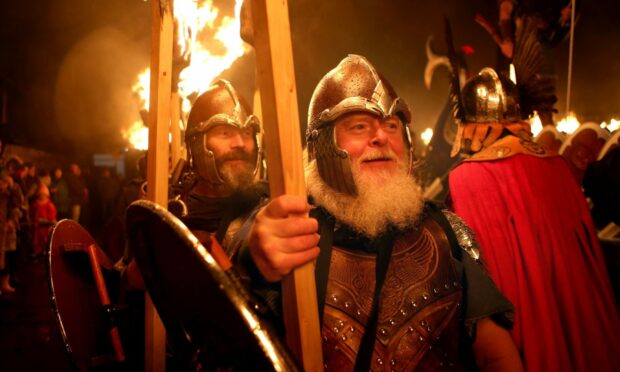
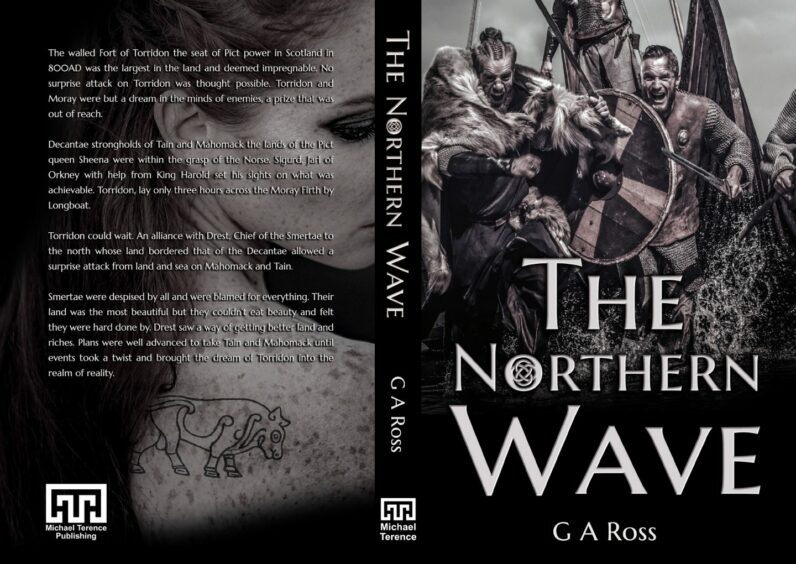
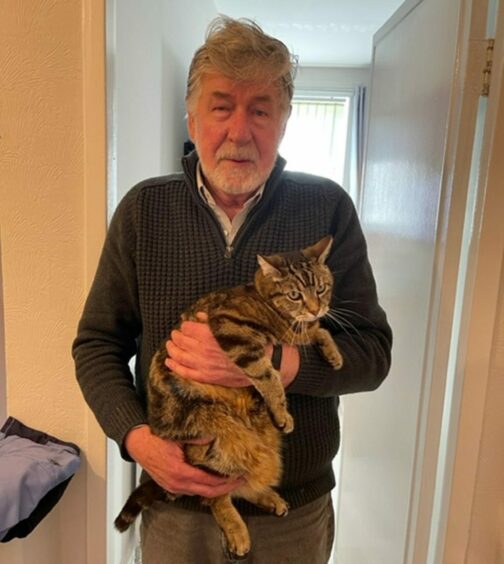
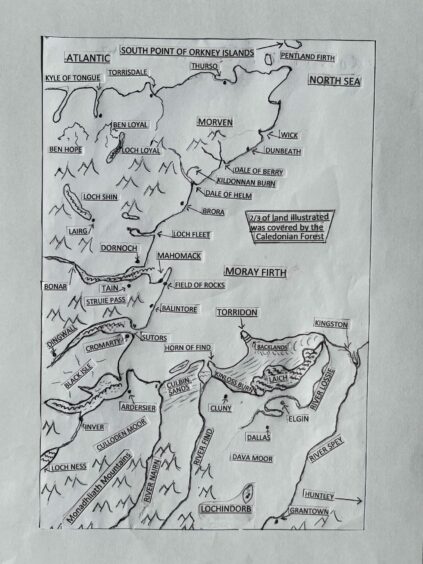
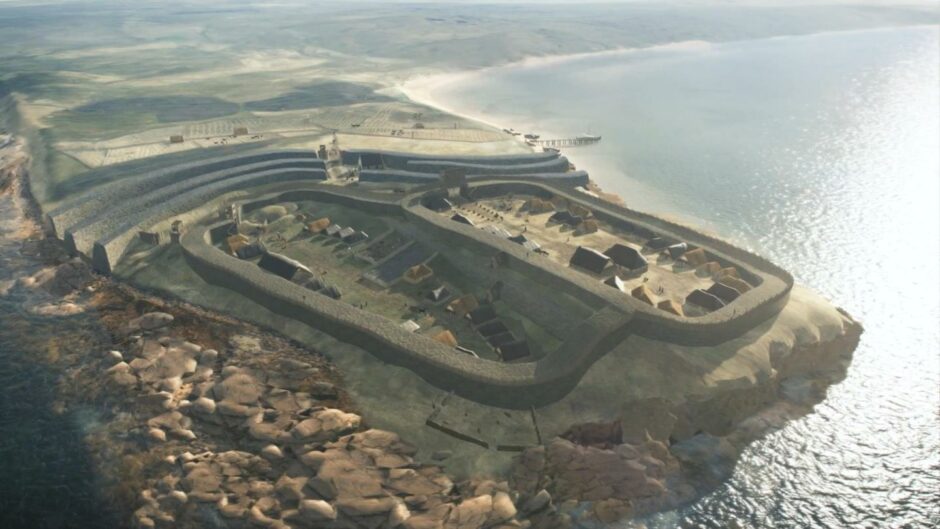
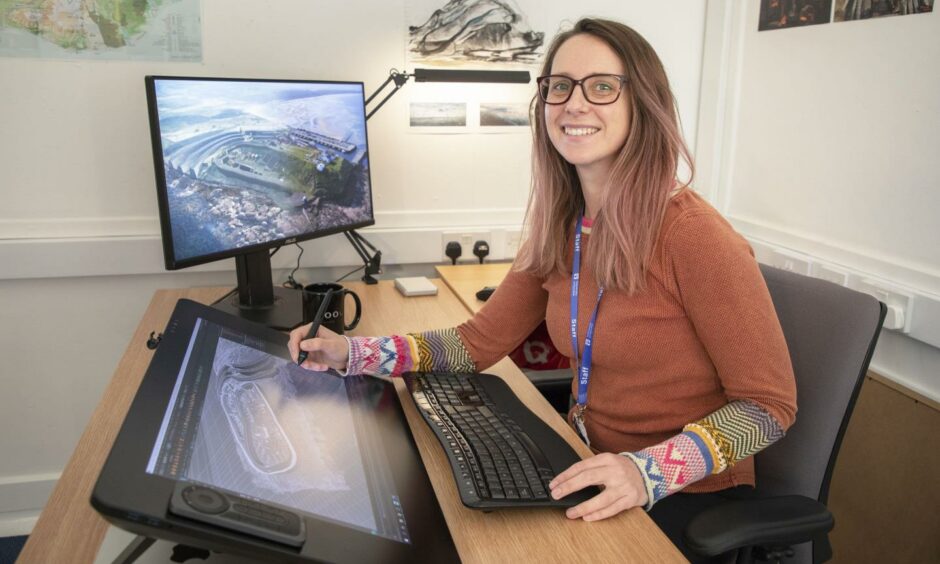







Conversation